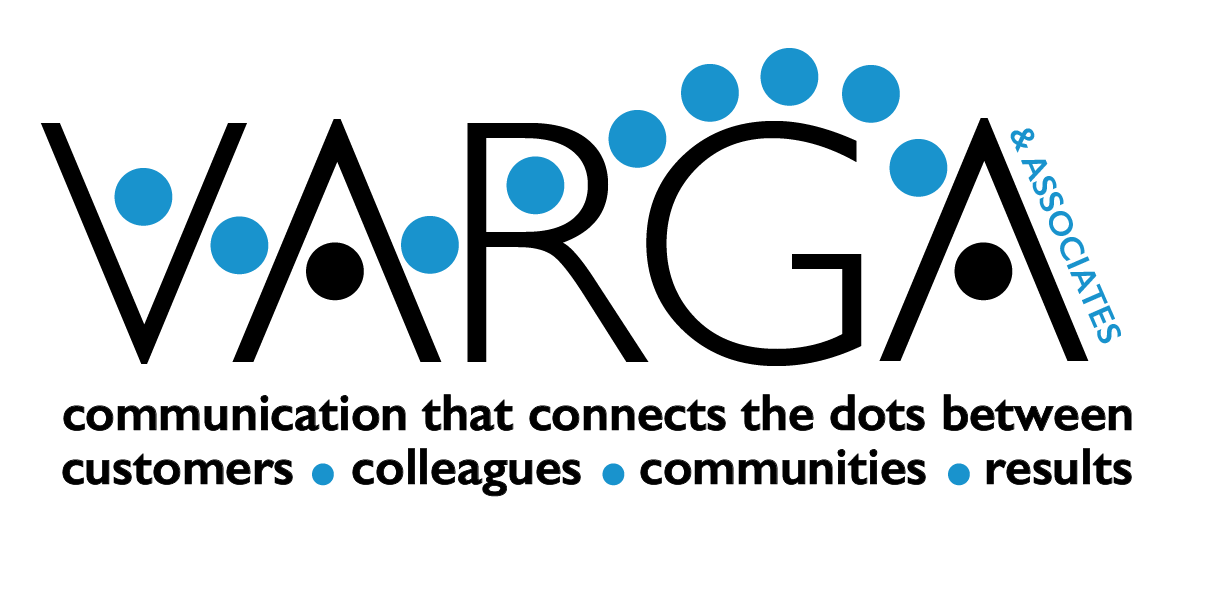head·line noun – a head of a newspaper story
or article usually printed in large type and giving the gist of the story or article that follows.

It is no secret that living in the digital age means we are bombarded with information. Some of it is important and relevant but most is a great source of distraction – or static. Static is that crackling or hissing noise we might hear when we have a bad connection to one of our telecommunication devices. It is annoying and causes communication fatigue.
Have you experienced static in a presentation?
We’ve all sat down to listen to a presentation where we hope to get pertinent, salient information only to be met with hesitancy, rambling, non-genuine pleasantries that get us wondering: What the heck is this presentation about?
Recently, I attended a break-out session at a conference and here is how the presenter began his talk:
“OK, glad you are all here. Um, how about the snow, huh? So, this is a cool opportunity for me. I am excited to be here. Let me hear a little more about why you all choose to attend this session today…” While perhaps well-intentioned, this slightly self-conscious, awkward preamble wasted a golden opportunity to grab the audience’s attention.
A more powerful approach is to lead with a headline. Plan in advance one sentence that captures the essence of what your talk is about. It can be
Provocative:
If you think global warming is somebody else’s problem – you’re wrong.
Benefit driven:
You can add 5 years to your life by exercising 20 minutes each day.
Personal:
Running my first marathon taught me three valuable life lessons.
Problem/Solution:
There aren’t enough hours in the day but there is a solution to effective time management.
Get to the heart of the matter quickly and engage your audience with your first words. This approach will remove the static, help to organize your listener’s thinking, and the clarity and focus will be appreciated.






